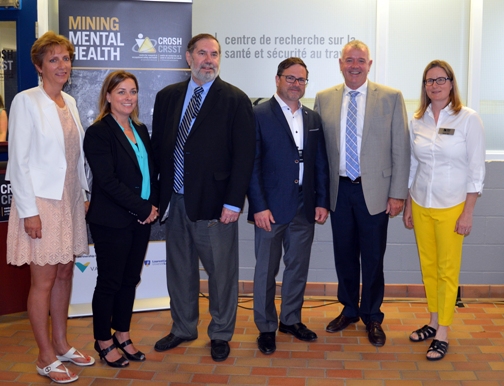The Sudbury Star is the City of Greater Sudbury’s daily newspaper.
Up, up and away we rose, into the clouds and swirling winds over Copper Cliff. It was my first-ever helicopter ride and an exhilarating way to spend 15 minutes on a Wednesday afternoon.
My hawk’s eye view of the Vale smelter complex was unparalleled and unforgettable. The tailings ponds were all shades of Pantone pretty and deep in the belly of the vast property, there was a gigantic hole in the ground. It looked like it may have been an old quarry or open-pit mine, long disused and perhaps one of the first spots in town to be mined.
The ride, courtesy of the Canadian Shield Consultants Agency, was part of the annual North American Mining Expo (NAME). The trade show extravaganza included more than 300 vendors and exhibitors from around the world — many with massive multi-wheeled, motorized rigs in tow — spread over the Copper Cliff curling club, McClelland Arena and Veterans Road.
Jay Cornelsen, national publicity director with Canadian Trade-Ex, suggested the Nickel City offers unparalleled strengths in terms of mining expertise and innovation.
























